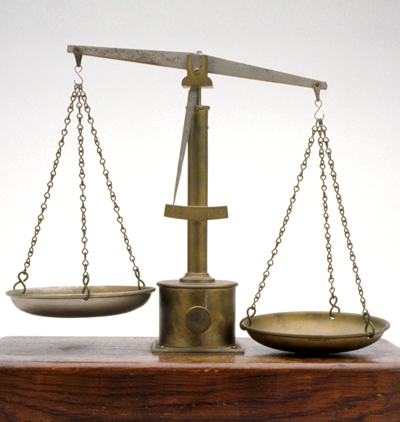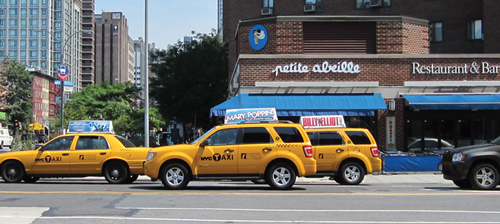
AT LAST … RESOLUTION OF YOUR PERSONAL INJURY ACTION
By Alice Kupferberg, Esq.
Budin, Reisman, Kupferberg & Bernstein, LLP

We have traveled the trajectory of a motor vehicle accident case from the point of impact to now, its resolution. As you will recall, we have covered the many pitfalls that unsuspecting plaintiffs encounter and I have, at least theoretically, provided you with practical advice with which to govern your actions. This final stage, too, has great significance and ramifications. As such, it should be treated with the same vigilant assessment and approach as all others.
At the end of a successful personal injury action there is a dollar amount awarded, nothing more. Sometimes litigants are unprepared to leave their lawsuits behind and move on with their lives. Make no mistake when a personal injury case is resolved. Once a release is executed and a check negotiated there is no turning back. Your action is settled for all time. A trial result, however may be appealed and what was once an unfathomable long time until trial becomes a further nightmare as the case wends its way through the appellate level courts. Further, at trial, a judge may set aside a verdict as too high or too low, and based upon the weight of the evidence set aside a finding of negligence.
For the most part, the powers of the judiciary rarely favor the plaintiff and if the jury didn’t like your case it is a safe bet the sitting judge won’t like it any more and your case will become another in a sad line of defense verdicts. Settlements are ideal and, with a new rule introduced a few years back, this method of resolution may protect a plaintiff from the necessity of repaying a “collateral source” lien.
Repayment of alternative sources of insurance coverage can have a significant impact on the amount of money a plaintiff brings home and, in the case of livery or yellow cab drivers, monies paid for wages and medical if less than $50,000.00 need not be reimbursed. Worker’s Compensation coverage beyond the $50,000.00 must be addressed by the plaintiffs’ attorney and consent of the Worker’s Compensation carrier to resolve the entire claim must be obtained before any distribution of settlement funds may be made.
Further, due to the obstructionist behavior of most, if not all no-fault and Worker’s Compensation carriers, there are post resolution medical liens and unpaid wages that must be resolved. Sadly, these issues must be brought in a different forum, more specifically before administrative judges;
thankfully, however, the arbiters, the American Arbitration Association and the Worker’s Compensation Board run their case dockets with more speed than the state courts.
The medical treatment which you have taken must be paid for in full before a case is closed. Suffice to say, the plaintiff has one interest at this stage, that they be paid as promptly as possible for their injuries. While insurance should cover the liens for which you have pledged repayment, those liens must be protected by escrowing the lien amount until a determination is made as to the medical necessity of the treatment and a determination of what the insurance company must pay. Unfortunately, non-payment of medical treatment and/or liens can expose an unwary plaintiff to lawsuits and credit history problems. The lawyer hired to handle your claim is in the best position to intercede on your behalf with the medical providers and aid you in your pursuit of no-fault benefits.
In the event Worker’s Compensation is the primary payer, plaintiffs’ personal injury firms work with Worker’s Compensation lawyers to resolve outstanding medical bills. The facts of the case will determine which coverage will pay and the manner of medical bills and wage resolution may take a significant period of time. Once these remnants of your case are resolved then there will be a release of escrowed amounts that the plaintiff is so anxious to recover.
Due to the ever evolving no-fault laws and the increasingly abusive demands of automobile insurers for “discovery” of all aspects of medical treatment, these post resolution arbitrations are becoming similar to lawsuits in their own right. The plaintiffs’ bar in its effort to preserve claimants’ rights is doing all it can to counter the increasing demands the insurance bar places on those who seek coverage, coverage whose high premium expense those claimants pay.
Finally, it is time to remind you hard working drivers that the popular perception of the lottery lawsuit is a fiction perpetrated by the insurance industry to foster skepticism and disbelief in jurors and the judiciary. The successful resolution of a plaintiff’s case requires skills that years of practice in the field provides. Those skills and the resources to support them are vital to your success as a plaintiff. Find a lawyer specializing in this field and you are on your way to a happier outcome.

Photo: Elena Michaels